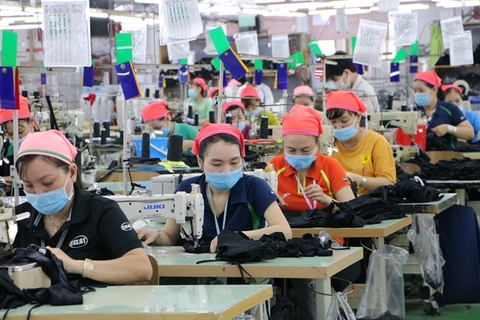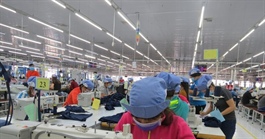Dong Nai Province eyes trade surplus of $5.8 billion
Dong Nai Province eyes trade surplus of $5.8 billion
Dong Nai recorded a trade surplus of nearly US$5.3 billion in the first 11 months of this year, the southern province’s Statistics Office announced on November 30.

Its exports topped $22.7 billion and imports were less than $17.5 billion.
For the full year it is expected to enjoy a trade surplus of $5.8 billion, its highest ever, the office said.
Of its 50 key export items, footwear saw the highest surplus followed by garments, wood products, textile fiber, vehicles, spare parts, and coffee, it said.
The biggest importers were the US, Japan, China, Europe, and South Korea.
The large surplus enables enterprises to invest in new machinery and technologies, the office said.
It said Dong Nai is among the three leading localities in terms of footwear exports, accounting for 26 per cent of the country’s total.
It is expected to export nearly 530 million pairs of footwear worth over $5 billion this year, it said.
Despite challenges this year such as high inflation globally leading to a sharp drop in consumption and investment demand, and supply chains being disrupted, Dong Nai businesses have sustained their production and got new orders, and some have managed to expand thanks to exporting exclusive products that are in great demand, he said.
In recent years foreign enterprises have been accounting for over 75 per cent of the province’s total exports.
Exports by non-state enterprises have seen to increase strongly this year to reach more than $4.9 billion in the first 10 months, up 46 per cent year-on-year, according to the office.
The key export items for non-state enterprises are textiles, footwear, wooden products, coffee, and pepper.
The rapid increase in exports by domestic enterprises shows they make good quality and highly competitive products.
They have also capitalised on advantages brought by free trade agreements Viet Nam has signed with various countries and territories, it said.
Anticipating difficulties in the remaining months of the year, exporters have made greater efforts to seek new export markets, especially in the Middle East, South Africa and ASEAN.























